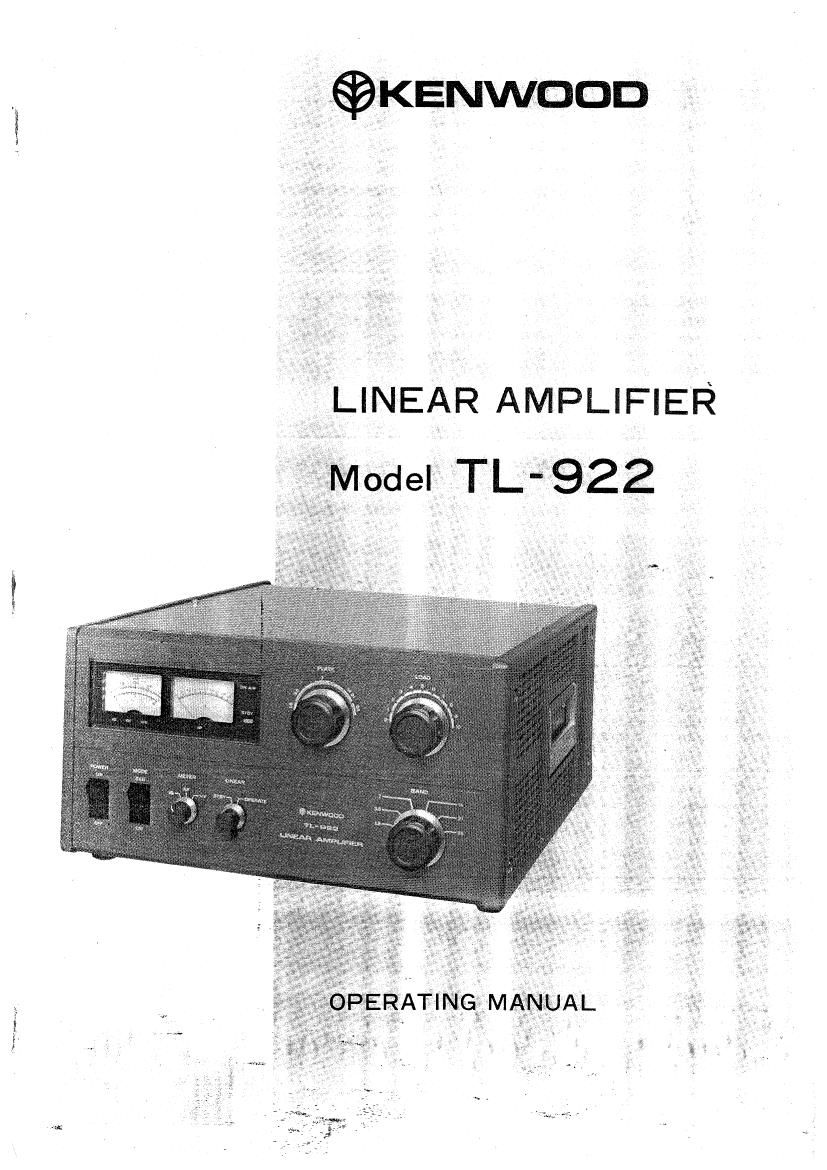Kenwood TL 922 Owners Manual
This is the 20 pages manual for Kenwood TL 922 Owners Manual.
Read or download the pdf for free. If you want to contribute, please upload pdfs to audioservicemanuals.wetransfer.com.
Page: 1 / 20
